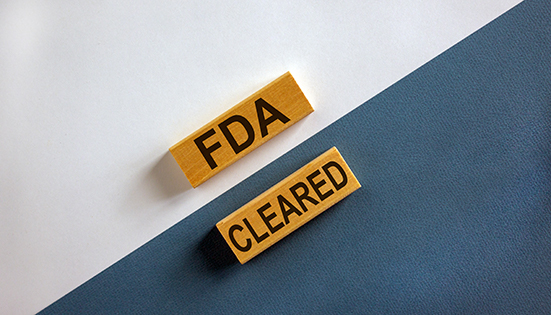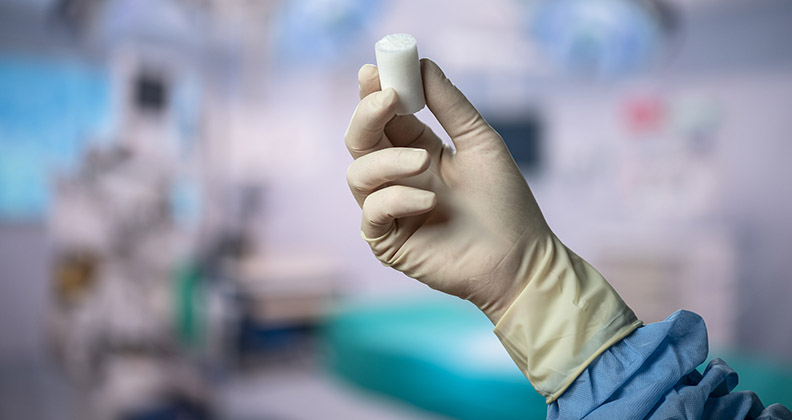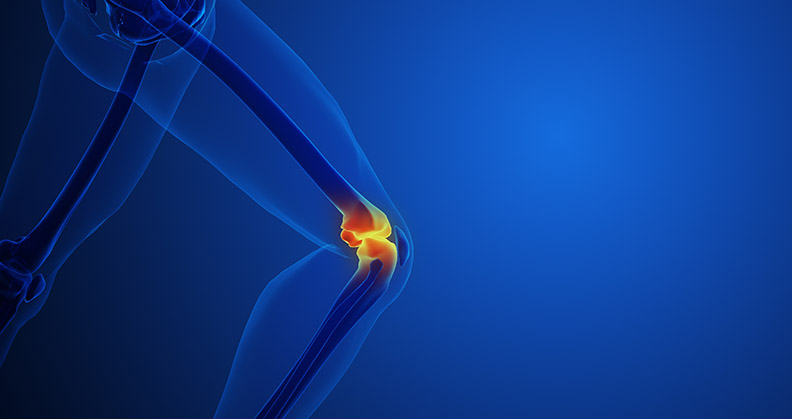
While walking the exhibit hall at the North American Spine Society Annual Meeting in September, we saw additively-manufactured implants on display at nearly every spine company’s booth. That observation, along with requests from readers who seek to identify new additive players, drove us to pull a list of FDA 510(k)-cleared products from 2019. Most of the recently cleared products are spine-related, as can be seen in the list below. Of note, two companies entered the additive space this year with their very first orthopedic-related 510(k)s: Additive Implants and Addivation Medical.
4WEB Medical | Cervical Spinal Truss System Stand Alone (CSTS-SA), K190870
- Submitted April 2019, granted August 2019
- Primary predicate: 4WEB CSTS, K173159
- Manufacturing process creates a hierarchical surface roughness with features that span from the macro to nano scale
- Design allows fixation screws to be placed through the truss implant and into adjacent vertebral bodies, creating a zero-profile stand-alone construct
- Features a single-step locking mechanism
- Sterile-packed
4WEB Medical | Hammertoe Truss System (HTS), K190926
- Submitted April 2019, granted July 2019
- Primary predicate: Additive Orthopaedics’ Hammertoe Correction System, K160264
- For fixation of osteotomies and reconstruction of the lesser toes following correction procedures (hammertoe, claw toe, mallet toe)
- Cannulated implants in HTS can be used with K-wires to deliver implants or temporarily stabilize outlying joints
- Sterile-packed
Additive Implants | SureMAX Cervical Spacer, K182477
- Submitted September 2018, granted January 2019
- Primary predicate: K2M Cascadia Interbody System, K160125
- Cervical spacer to be used with supplemental fixation; hyperlordotic implants to be used with an anterior cervical plate
- Implants designed for use with autogenous and/or allogeneic bone graft
- Roughened porous surface and features on superior, inferior and lateral aspects to engage bone with vertebral endplates
- Delivered in a single modular implant tray
- First orthopedic-related 510(k) for the company
Additive Orthopaedics | Patient Specific 3D Locking Lattice Plates, K183011
- Submitted October 2018, granted January 2019
- Primary predicate: Additive Orthopaedics’ Locking Lattice Plates, K170214
- Designed to address stabilization and fusion of fractures, osteotomies and arthrodesis of small bones such as the foot and ankle
- Locking Lattice Plates and Patient Specific 3D Printed Bone Segments form the cornerstone of Game Plan™, a cloud-based, integrated surgical planning system that can move a product from CT scan to patient-specific implant in 2-4 weeks
Addivation Medical | Cervical Interbody System, K190291
- Submitted February 2019, granted July 2019
- Primary predicate: Stryker Tritanium C Anterior Cervical Cage, K171496
- To be used with autogenous bone graft and/or allogenic bone graft and implanted via an open, anterior approach
- To be used with supplemental spinal fixation systems that have been cleared for use in the cervical spine
- First orthopedic-related 510(k) for Addivation Medical
- About the company: General Manager’s industry experience includes upper management roles at Additive Orthopaedics, Zimmer Biomet; product management at Stryker
Camber Spine Technologies | SPIRA Open Matrix ALIF and LLIF, K190483
- Submitted February 2019, granted September 2019
- Primary predicates: SPIRA Open Matrix ALIF (K162986) and LLIF (K180724)
- Systems to be used with supplementary fixation and autogenous or allogenic bone graft
- SPIRA technology features 3D-printed open architecture and roughened titanium arches to promote bone growth
- Submission adds allogenic bone graft indication to both systems first cleared under the predicates; the company announced its SCYLLA allogeneic bone matrix product in August 2019
ChoiceSpine | Hawkeye Vertebral Body Replacement, K183588
- Submitted December 2018, granted February 2019
- Primary predicate: ChoiceSpine Hawkeye Vertebral Body Replacement, K171686
- Submission adds cervical indication to system that was previously cleared for the thoracolumbar spine
DePuy Synthes | EIT Cellular Titanium Lumbar Cage – T/PLIF, K183447
- Submitted December 2018, granted February 2019
- Primary predicate: Stryker Tritanium PL Cage, K181014, with additional predicate EIT Cellular Titanium Lumbar Cage – PLIF, K172888
- For use with supplemental fixation and autogenous bone graft
- Submission expands labeling of the previously cleared K172888 devices to include a TLIF surgical approach, and to correct the raw material specification from ASTM F136 Alloy to ASTM F3001
- Johnson & Johnson acquired EIT in 3Q18, and released the CONDUIT interbody platform based on 3D-printed EIT Cellular Titanium Technology in 3Q19
Innovasis | AXTi Titanium Stand-Alone ALIF System, K182139
- Submitted August 2018, granted June 2019
- Primary predicate: Innovasis Ax Stand-Alone ALIF, K162236
- Titanium implants with an open geometric Tetracell Technology structure
- Implants with a lordotic angle less than 20°, when used with all three internal fixation screws, do not require use of supplemental fixation
- Interior to be packed with autograft or allogenic bone graft composed of cancellous and/or corticocancellous bone graft
Kalitec Medical | TiWAVE-L Porous Titanium Lumbar Cage, K182210
- Submitted August 2018, granted January 2019
- Primary predicate: HT Medical NeoFuse Ti3D PLIF/TLIF/Cervical Interbody, K170318
- To be used with autogenous bone graft and/or allograft and implanted via a transforaminal or an open posterior approach, with supplemental fixation
- The company’s second additively manufactured device, following an application for the cervical spine
Nexxt Spine | NEXXT MATRIXX Stand Alone Cervical System, K190546
- Submitted March 2019, granted May 2019
- Primary predicate: Spinal Elements Vertu, K181837
- Indicated for use with autograft and/or allogeneic bone graft as an adjunct to fusion, implanted via an open, anterior approach, with provided bone screw fixation
- Company’s line of 3D-printed cellular titanium scaffold devices with tailored surface topology includes designs for cervical, TLIF, TLIF Oblique and vertebral body replacement applications
Stryker | Tritanium X PL Expandable Posterior Lumbar Cage, Tritanium X TL Expandable Curved Posterior Lumbar Cage, K183249
- Submitted November 2018, granted July 2019
- Primary predicate: Stryker AVS PL Spacers, K151726
- This submission introduces an expandable posterior lumbar cage to the company’s Tritanium lineup
- The solid and porous structures are simultaneously built using Laser Rapid Manufacturing
Zavation | Ti3Z Cervical Interbody System, K191354
- Submitted May 2019, granted September 2019
- Primary predicate: Zavation Interbody Fusion System, K181246
- For use with autogenous bone graft at one level with supplemental fixation
- Features a porous internal body with an outer solid, roughened surface designed to engage with vertebral body end plates
- Porous and solid aspects of each implant are printed simultaneously
- Previous Ti3Z devices for lumbar applications available in five configurations: ALIF, LLIF, TLIF, T-PLIF and PLIF
JAV
Julie A. Vetalice is ORTHOWORLD's Editorial Assistant. She has covered the orthopedic industry for over 20 years, having joined the company in 1999.




